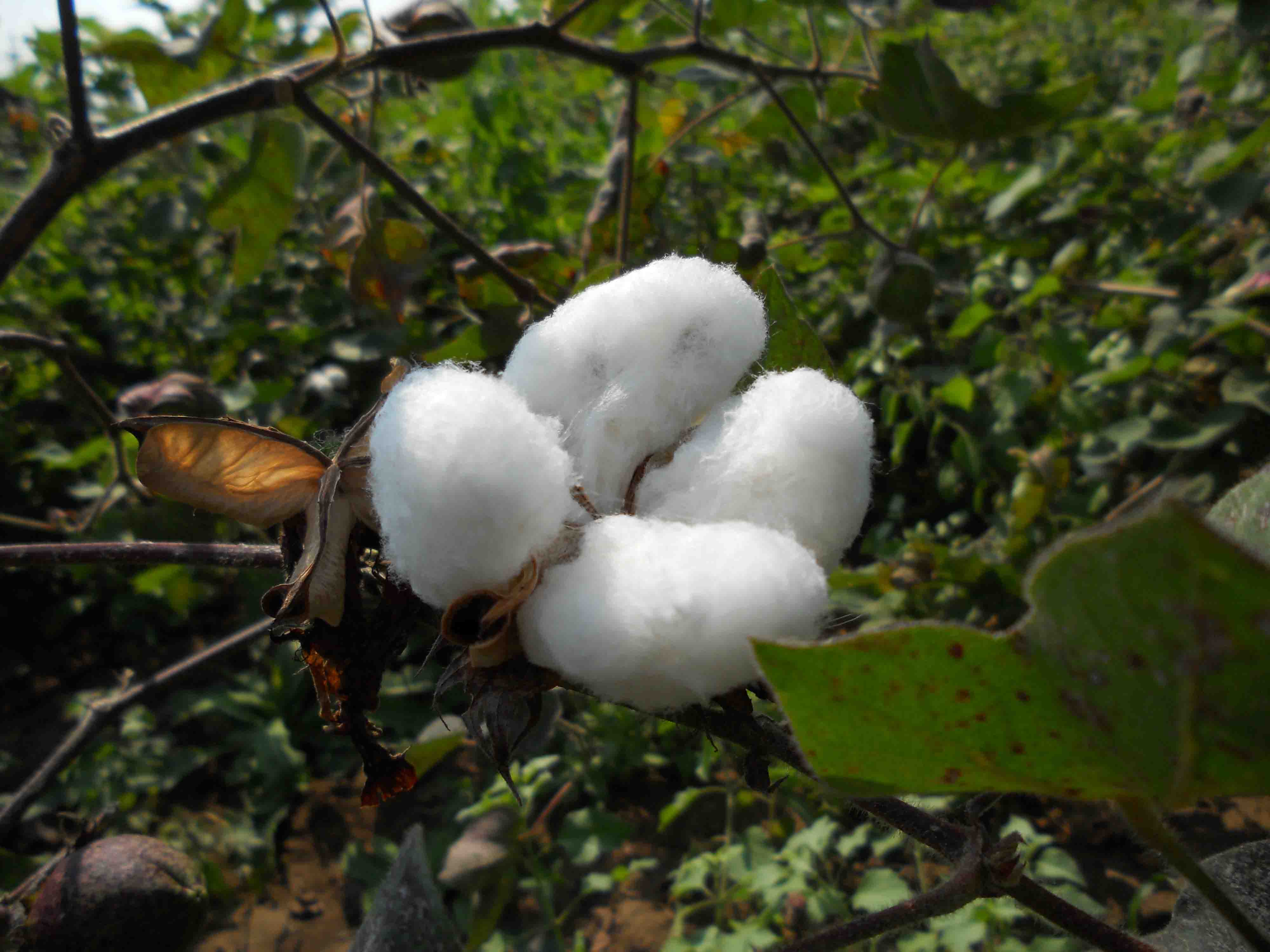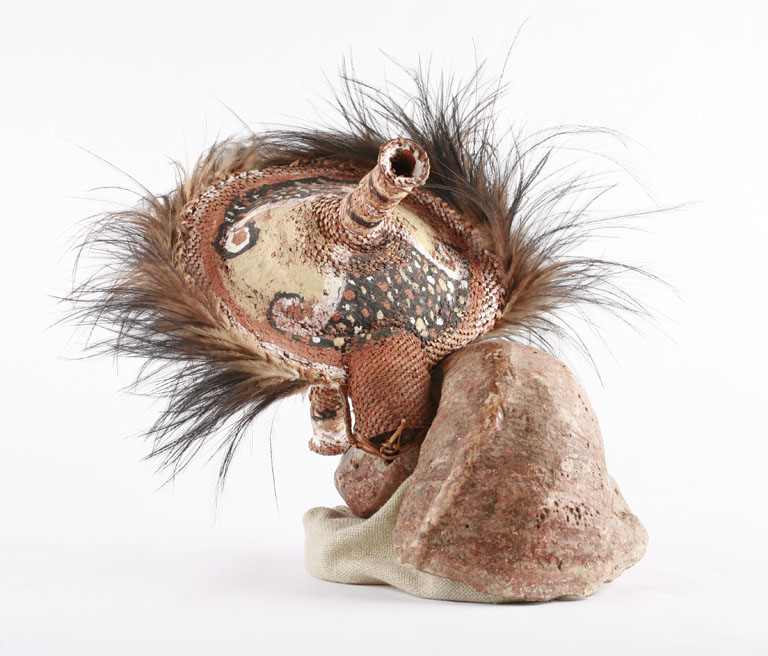|
Morkai
Morkai is a tribe that lives around the Tabibuga Station of Jimi District in Papua New Guinea. The tribe is subdivided into the smaller clans: Kimbaka, Keska, Galeboka, Maika, Nipka and Parka. The Tabibuga Station stands on Galemboka's and Kimbaka's land mass. The Morkai tribe speaks the Narak language. There is no intermarriage between the Kimbaka - Keska and Galemboka clans, but there is marriage between the rest of the clans. The normal livelihood of Morkai is subsistence agriculture. Their main staple food is kaukau (sweet potato), with other seasonal food such as taro, yams and cassavas. Mareta (red panda-nut) is a popular cash crop and is also mainly used for exchanges and bride price gifts. Pigs are a wide form of livestock wealth Livestock Wealth is a South African-based crowdfunding company that focuses on funding for cattle. The company connects investors with farmers that require funding by using cattle as a form of investment. For example, options include the pur ... [...More Info...] [...Related Items...] OR: [Wikipedia] [Google] [Baidu] |
Jimi Valley
Jimi is a geographical area in the inlands of Papua New Guinea. It is located in the Jimi District of Jiwaka, which was previously a part of the Western Highlands Province until May 2012. It is home to the Jimi Valley. The Jimi District is one of the least developed districts in Papua New Guinea, apart from Green River in Sandaun and Rai Coast in Madang. Its geographical location makes it a remote district of the newly-created Jiwaka province. The district is located in the Jimi Valley, which stretches from the northeast corner of Jiwaka and into Madang Province. Jimi District is almost entirely mountainous and is mostly covered with rainforest, although this forest is disappearing quickly due to peanut cultivation. The District Head Quarter is called Tabibuga, originally called "Tapia Poka". The district is further sub-divided into three small sub-districts; Upper Jimi-Kol, Middle Jimi-Tabibuga and Lower Jimi-Koinambe. The district is named after Jim Taylor, who toured it i ... [...More Info...] [...Related Items...] OR: [Wikipedia] [Google] [Baidu] |
Narak Language
Narak is a Trans–New Guinea language of Western Highlands Province, Papua New Guinea Papua New Guinea (abbreviated PNG; , ; tpi, Papua Niugini; ho, Papua Niu Gini), officially the Independent State of Papua New Guinea ( tpi, Independen Stet bilong Papua Niugini; ho, Independen Stet bilong Papua Niu Gini), is a country i ....Cook, Edwin A. 1966. Narak: Language or dialect? ''Journal of the Polynesian Society'' 75: 437–444. References Languages of Western Highlands Province Chimbu–Wahgi languages {{papuan-lang-stub ... [...More Info...] [...Related Items...] OR: [Wikipedia] [Google] [Baidu] |
Papua New Guinea
Papua New Guinea (abbreviated PNG; , ; tpi, Papua Niugini; ho, Papua Niu Gini), officially the Independent State of Papua New Guinea ( tpi, Independen Stet bilong Papua Niugini; ho, Independen Stet bilong Papua Niu Gini), is a country in Oceania that comprises the eastern half of the island of New Guinea and its offshore islands in Melanesia (a region of the southwestern Pacific Ocean north of Australia). Its capital, located along its southeastern coast, is Port Moresby. The country is the world's third largest island country, with an area of . At the national level, after being ruled by three external powers since 1884, including nearly 60 years of Australian administration starting during World War I, Papua New Guinea established its sovereignty in 1975. It became an independent Commonwealth realm in 1975 with Elizabeth II as its queen. It also became a member of the Commonwealth of Nations in its own right. There are 839 known languages of Papua New Guinea, one of ... [...More Info...] [...Related Items...] OR: [Wikipedia] [Google] [Baidu] |
Subsistence Agriculture
Subsistence agriculture occurs when farmers grow food crops to meet the needs of themselves and their families on smallholdings. Subsistence agriculturalists target farm output for survival and for mostly local requirements, with little or no surplus. Planting decisions occur principally with an eye toward what the family will need during the coming year, and only secondarily toward market prices. Tony Waters, a professor of sociology, defines "subsistence peasants" as "people who grow what they eat, build their own houses, and live without regularly making purchases in the marketplace." Despite the self-sufficiency in subsistence farming, most subsistence farmers also participate in trade to some degree. Although their amount of trade as measured in cash is less than that of consumers in countries with modern complex markets, they use these markets mainly to obtain goods, not to generate income for food; these goods are typically not necessary for survival and may include sugar ... [...More Info...] [...Related Items...] OR: [Wikipedia] [Google] [Baidu] |
Sweet Potato
The sweet potato or sweetpotato (''Ipomoea batatas'') is a dicotyledonous plant that belongs to the Convolvulus, bindweed or morning glory family (biology), family, Convolvulaceae. Its large, starchy, sweet-tasting tuberous roots are used as a root vegetable. The young shoots and leaves are sometimes eaten as Leaf vegetable, greens. Sweet potato cultivars, Cultivars of the sweet potato have been bred to bear tubers with flesh and skin of various colors. Sweet potato is only distantly related to the common potato (''Solanum tuberosum''), both being in the order Solanales. Although darker sweet potatoes are often referred to as "yams" in parts of North America, the species is not a yam (vegetable), true yam, which are monocots in the order Dioscoreales. Sweet potato is native to the tropical regions of the Americas. Of the approximately 50 Convolvulaceae#Genera, genera and more than 1,000 species of Convolvulaceae, ''I. batatas'' is the only crop plant of major importance—some o ... [...More Info...] [...Related Items...] OR: [Wikipedia] [Google] [Baidu] |
Taro
Taro () (''Colocasia esculenta)'' is a root vegetable. It is the most widely cultivated species of several plants in the family Araceae that are used as vegetables for their corms, leaves, and petioles. Taro corms are a food staple in African, Oceanic, and South Asian cultures (similar to yams). Taro is believed to be one of the earliest cultivated plants. Names and etymology The English term ''taro'' was borrowed from the Māori language when Captain Cook first observed ''Colocasia'' plantations there in 1769. The form ''taro'' or ''talo'' is widespread among Polynesian languages:*''talo'': taro (''Colocasia esculenta'') – entry in the ''Polynesian Lexicon Project Online'' (Pollex). in Tahitian; in < ... [...More Info...] [...Related Items...] OR: [Wikipedia] [Google] [Baidu] |
Cassava
''Manihot esculenta'', common name, commonly called cassava (), manioc, or yuca (among numerous regional names), is a woody shrub of the spurge family, Euphorbiaceae, native to South America. Although a perennial plant, cassava is extensively cultivated as an annual agriculture, crop in tropical and subtropical regions for its edible starchy tuberous root, a major source of carbohydrates. Though it is often called ''yuca'' in parts of Spanish America and in the United States, it is not related to yucca, a shrub in the family Asparagaceae. Cassava is predominantly consumed in boiled form, but substantial quantities are used to extract cassava starch, called tapioca, which is used for food, animal feed, and industrial purposes. The Brazilian farinha, and the related ''garri'' of West Africa, is an edible coarse flour obtained by grating cassava roots, pressing moisture off the obtained grated pulp, and finally drying it (and roasting both in the case of farinha and garri). Cassav ... [...More Info...] [...Related Items...] OR: [Wikipedia] [Google] [Baidu] |
Cash Crop
A cash crop or profit crop is an Agriculture, agricultural crop which is grown to sell for profit. It is typically purchased by parties separate from a farm. The term is used to differentiate marketed crops from staple crop (or "subsistence crop") in subsistence agriculture, which are those fed to the producer's own livestock or grown as food for the producer's family. In earlier times, cash crops were usually only a small (but vital) part of a farm's total yield, while today, especially in Developed country, developed countries and among Smallholding, smallholders almost all crops are mainly grown for revenue. In the Least developed country, least developed countries, cash crops are usually crops which attract demand in more developed nations, and hence have some export value. Prices for major cash crops are set in international trade markets with global markets, global scope, with some local variation (termed as "basis") based on Cargo, freight costs and local supply and demand ... [...More Info...] [...Related Items...] OR: [Wikipedia] [Google] [Baidu] |
Bride Price
Bride price, bride-dowry (Mahr in Islam), bride-wealth, or bride token, is money, property, or other form of wealth paid by a groom or his family to the woman or the family of the woman he will be married to or is just about to marry. Bride dowry is equivalent to dowry paid to the groom in some cultures, or used by the bride to help establish the new household, and dower, which is property settled on the bride herself by the groom at the time of marriage. Some cultures may practice both simultaneously. Many cultures practiced bride dowry prior to existing records. The tradition of giving bride dowry is practised in many Asian countries, the Middle East, parts of Africa and in some Pacific Island societies, notably those in Melanesia. The amount changing hands may range from a token to continue the traditional ritual, to many thousands of US dollars in some marriages in Thailand, and as much as a $100,000 in exceptionally large bride dowry in parts of Papua New Guinea where br ... [...More Info...] [...Related Items...] OR: [Wikipedia] [Google] [Baidu] |
Livestock Wealth
Livestock Wealth is a South African-based crowdfunding company that focuses on funding for cattle. The company connects investors with farmers that require funding by using cattle as a form of investment. For example, options include the purchase of grass fed beef cattle; a pregnant cow, a calf or the shared purchase of a calf. The company is headquartered in Johannesburg and has a number of farms in their portfolio based in Free State and KwaZulu Natal. Investors can access the investment platform through a mobile app utilizing 5G and AI technology developed in conjunction with Chinese mobile phone company Huawei. History Livestock Wealth was founded in 2015 by Ntuthuko Shezi who is still the CEO. In 2017 Livestock Wealth won the South African Breweries South African Breweries (officially The South African Breweries Limited, informally SAB) is a major brewery headquartered in Johannesburg, South Africa and was a wholly owned subsidiary of SABMiller until its interests ... [...More Info...] [...Related Items...] OR: [Wikipedia] [Google] [Baidu] |




